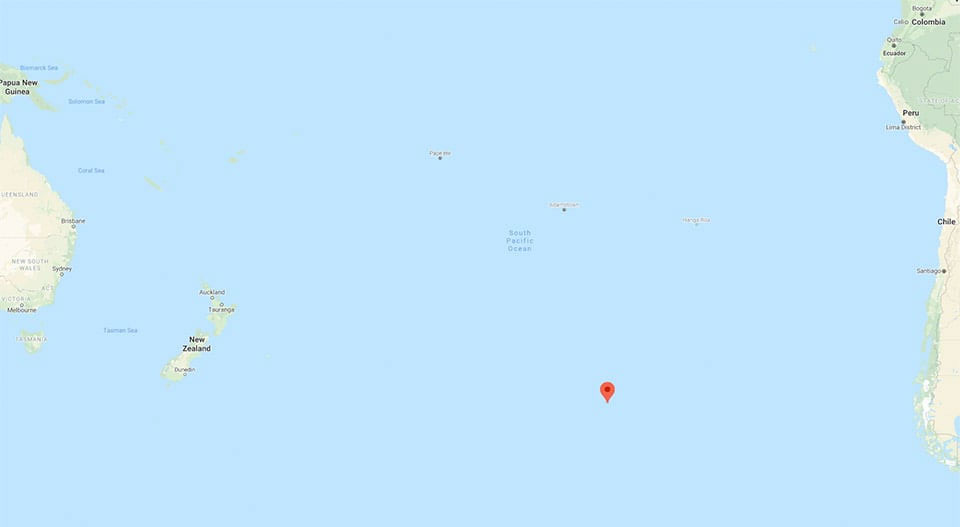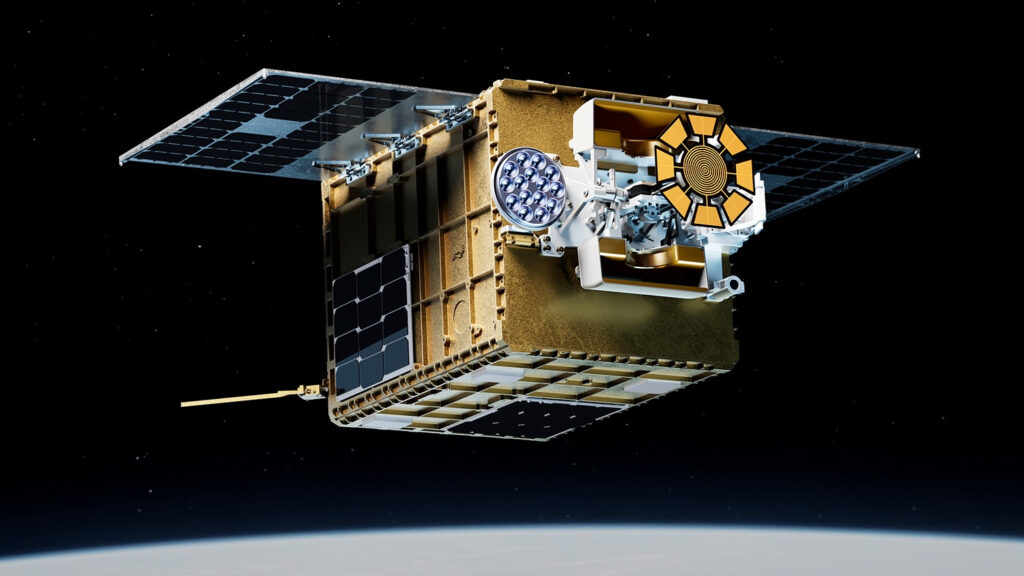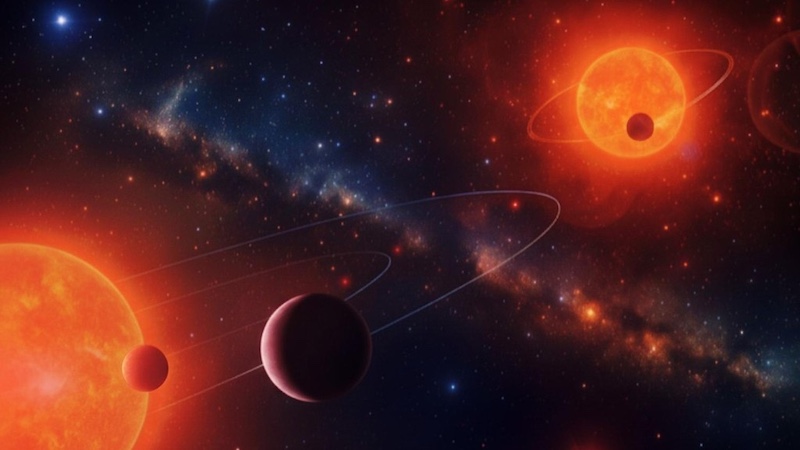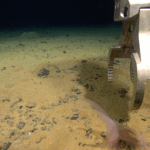Now Reading: Meet Point Nemo, where the International Space Station will die in 2030
-
01
Meet Point Nemo, where the International Space Station will die in 2030
Meet Point Nemo, where the International Space Station will die in 2030

The International Space Station just notched a major milestone, but its days are numbered.
Sunday (Nov. 2) marked the 25th anniversary of continuous human occupation of the International Space Station (ISS), which has carved out a spot in the history books as one of our species’ grandest (and most expensive) technological achievements.
Don’t save any confetti for a semicentennial celebration, however — the ISS is in its home stretch. NASA and its partners plan to deorbit the aging outpost toward the end of 2030, using a modified, extra-burly version of SpaceX’s Dragon cargo capsule to bring it down over an uninhabited stretch of ocean.
And not just any stretch — the “spacecraft cemetery,” a patch of the Pacific centered on Point Nemo, which is named after the famous submarine captain in Jules Verne’s 1871 novel “Twenty Thousand Leagues Under the Sea.”
“This remote oceanic location is located at coordinates 48°52.6′S 123°23.6′W, about 2,688 kilometers [1,670 miles] from the nearest land — Ducie Island, part of the Pitcairn Islands, to the north; Motu Nui, one of the Easter Islands, to the northeast; and Maher Island, part of Antarctica, to the south,” officials with the U.S. National Oceanic and Atmospheric Administration wrote in a brief Point Nemo explainer.
That remoteness explains Point Nemo’s appeal to mission planners, who have ditched several hundred big spacecraft there over the decades: If there’s no land nearby, there’s virtually no chance that chunks of falling, flaming hardware could harm people, buildings or other infrastructure. (You’d have to be a pretty unlucky sailor to get hit in the spacecraft cemetery).
And some pieces of the ISS are likely to survive its blazing reentry.
“NASA engineers expect breakup to occur as a sequence of three events: solar array and radiator separation first, followed by breakup and separation of intact modules and the truss segment and finally individual module fragmentation and loss of structural integrity of the truss,” agency officials wrote in an FAQ about the ISS transition plan.
“As the debris continues to re-enter the atmosphere, the external skin of the modules is expected to melt away and expose internal hardware to rapid heating and melting,” they added. “Most station hardware is expected to burn up or vaporize during the intense heating associated with atmospheric re-entry, whereas some denser or heat-resistant components like truss sections are expected to survive reentry and splash down within an uninhabited region of the ocean.”

This analysis is informed by the reentry behavior of other large spacecraft, such as the Soviet-Russian space station Mir and NASA’s Skylab, agency officials explained. The final days of these two orbiting outposts hold some lessons for mission planners, especially as Earth orbit gets more and more crowded.
Russia steered Mir down to a controlled reentry near Point Nemo in March 2001. NASA tried to ditch Skylab over the Indian Ocean in July 1979 but didn’t quite manage it; charred pieces of the station dropped onto a swath of Western Australia, and the town of Esperance famously fined NASA $400 for littering.
The 107-foot-long (33-meter-long), 130-ton Mir remains the largest vehicle ever to fall to Earth over the spacecraft cemetery (or anywhere else, for that matter), but the ISS will break that mark: It’s about as long as a football field and weighs 460 tons.
Stay Informed With the Latest & Most Important News
Previous Post
Next Post
-
 012024 in Review: Highlights from NASA in Silicon Valley
012024 in Review: Highlights from NASA in Silicon Valley -
 02Panasonic Leica Summilux DG 15mm f/1.7 ASPH review
02Panasonic Leica Summilux DG 15mm f/1.7 ASPH review -
 03From Polymerization-Enabled Folding and Assembly to Chemical Evolution: Key Processes for Emergence of Functional Polymers in the Origin of Life
03From Polymerization-Enabled Folding and Assembly to Chemical Evolution: Key Processes for Emergence of Functional Polymers in the Origin of Life -
 04How New NASA, India Earth Satellite NISAR Will See Earth
04How New NASA, India Earth Satellite NISAR Will See Earth -
 05And Thus Begins A New Year For Life On Earth
05And Thus Begins A New Year For Life On Earth -
 06Astronomy Activation Ambassadors: A New Era
06Astronomy Activation Ambassadors: A New Era -
07SpaceX launch surge helps set new global launch record in 2024




















